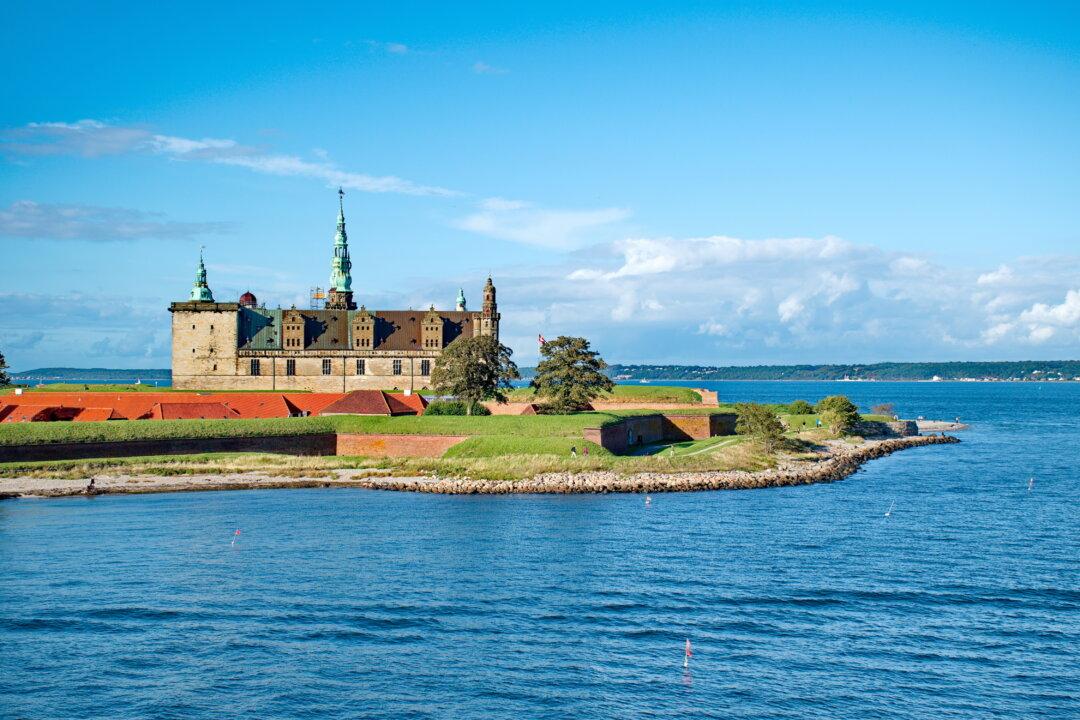Strategically located on the Oresund, the strait separating Sweden and Denmark, Kronborg Castle is also the setting of great literature. Once a medieval fortress that controlled egress into the Baltic Sea, and the former residence of Denmark’s royalty, Kronborg Castle was immortalized through Shakespeare’s “Hamlet” as Elsinore. But how did this come about?
In 1420, King Eric of Pomerania built Krogen, an impenetrable medieval fortress in the coastal city of Helsingor, to watch Danish waters and to enforce his new tax, the Sound Dues. For more than 400 years, all merchant ships passing through the strait had to pay this toll or be subject to the castle’s bastions and cannon batteries.






